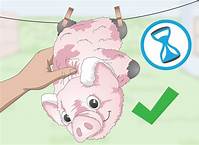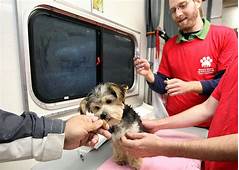What Pet Insurance Covers Routine Care
Pet insurance is a great way to help cover the cost of your pet's veterinary care, including routine care. Routine care typically includes preventive care, such as vaccinations, checkups, and dental cleanings, as well as minor illnesses and injuries.

What Routine Care Does Pet Insurance Cover?
The specific routine care covered by your pet insurance policy will vary depending on the policy you choose. However, most policies will cover the following:
- Vaccinations: Vaccinations are an important part of keeping your pet healthy and preventing serious diseases. Pet insurance typically covers the cost of routine vaccinations, such as those for rabies, distemper, and parvovirus.
- Checkups: Checkups are a good way to catch health problems early when they're easier to treat. Pet insurance typically covers the cost of routine checkups, which may include a physical exam, bloodwork, and urinalysis.
- Dental cleanings: Dental cleanings are essential for preventing gum disease and other dental problems. Pet insurance typically covers the cost of routine dental cleanings, which may include scaling, polishing, and fluoride treatment.
- Minor illnesses and injuries: Pet insurance typically covers the cost of treating minor illnesses and injuries, such as cuts, scrapes, and diarrhea.
What Routine Care Is Not Covered by Pet Insurance?
There are some routine care expenses that are not typically covered by pet insurance. These include:
- Spaying or neutering: Spaying or neutering is a surgical procedure that is performed to prevent unwanted pregnancy and certain health problems. Pet insurance typically does not cover the cost of spaying or neutering, as it is considered an elective procedure.
- Pet food and supplies: Pet food and supplies, such as toys, beds, and leashes, are not covered by pet insurance.
- Pet grooming: Pet grooming, such as bathing, brushing, and nail trimming, is not covered by pet insurance.
How to Choose a Pet Insurance Policy That Covers Routine Care
When choosing a pet insurance policy, it's important to compare policies to find one that covers the routine care you want. You should also consider the following factors:
- The deductible: The deductible is the amount you have to pay out of pocket before your pet insurance policy starts to cover costs. The higher the deductible, the lower your monthly premium will be.
- The coinsurance: Coinsurance is the percentage of veterinary expenses that you have to pay after you've met your deductible. The higher the coinsurance, the lower your monthly premium will be.
- The annual benefit limit: The annual benefit limit is the maximum amount that your pet insurance policy will pay out in a year. The higher the annual benefit limit, the more comprehensive your coverage will be.
By carefully comparing pet insurance policies, you can find one that provides the coverage you need at a price you can afford.
Declaration: All article resources on this website, unless otherwise specified or labeled, are collected from online resources. If the content on this website infringes on the legitimate rights and interests of the original author, you can contact this website to delete it.





